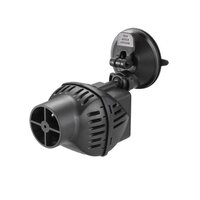Hi new to the group, I just have some questions I would like some information on.
I’m setting up a new tank a have a tank set up and am going to be transferring fish over to the new one. I’m just wondering if I use tropica aquasoil mixed with some fine sand and fine gravel as a base layer then top off with a fine sand and fine gravel mix will I be able to introduce fish straight away? I will be running two mature canister filters of my old tank on the new tank!
Any advice information would be greatly appreciated thanks👍
I’m setting up a new tank a have a tank set up and am going to be transferring fish over to the new one. I’m just wondering if I use tropica aquasoil mixed with some fine sand and fine gravel as a base layer then top off with a fine sand and fine gravel mix will I be able to introduce fish straight away? I will be running two mature canister filters of my old tank on the new tank!
Any advice information would be greatly appreciated thanks👍







